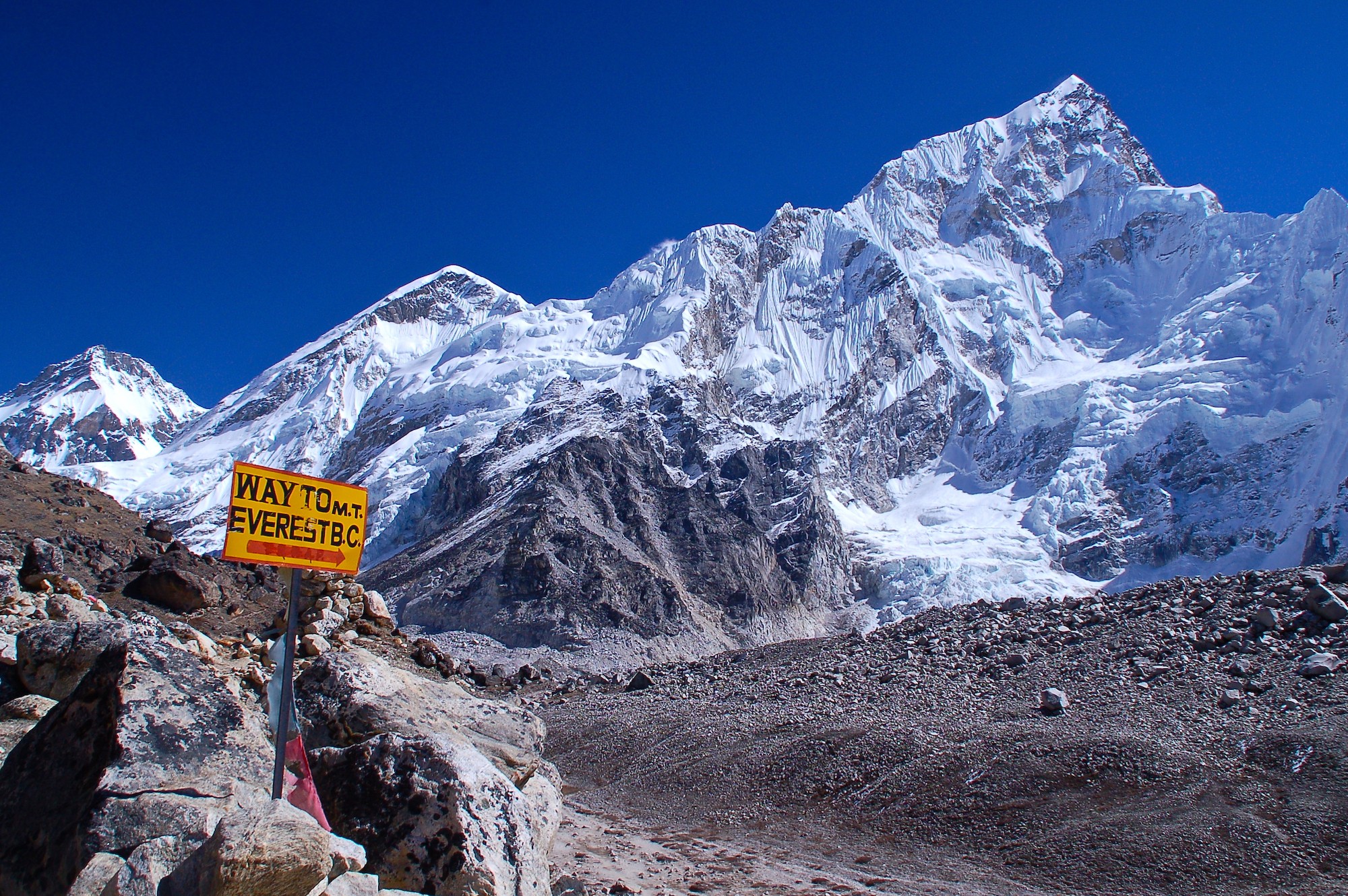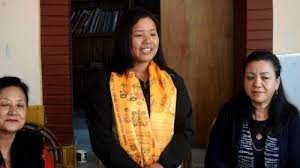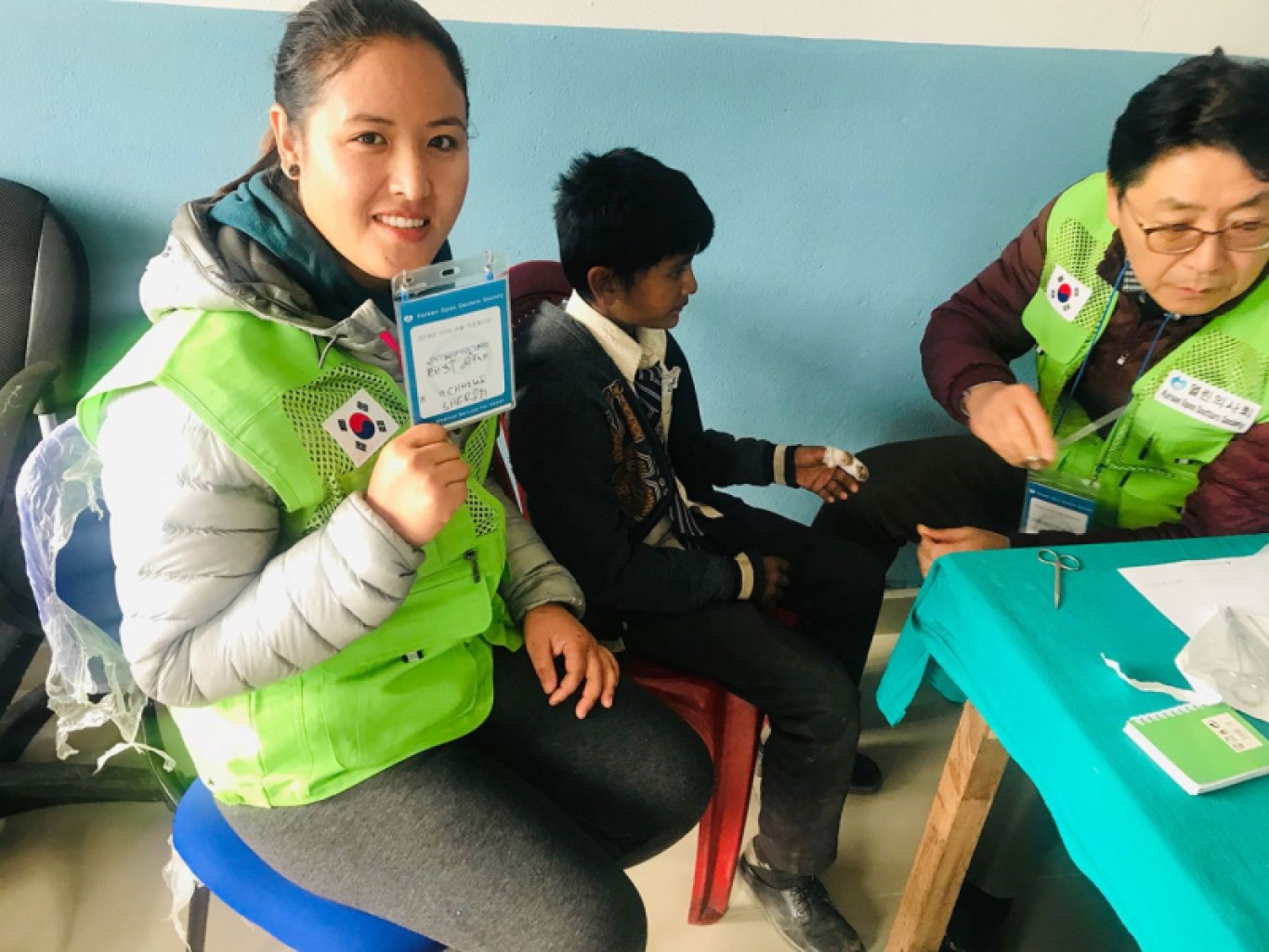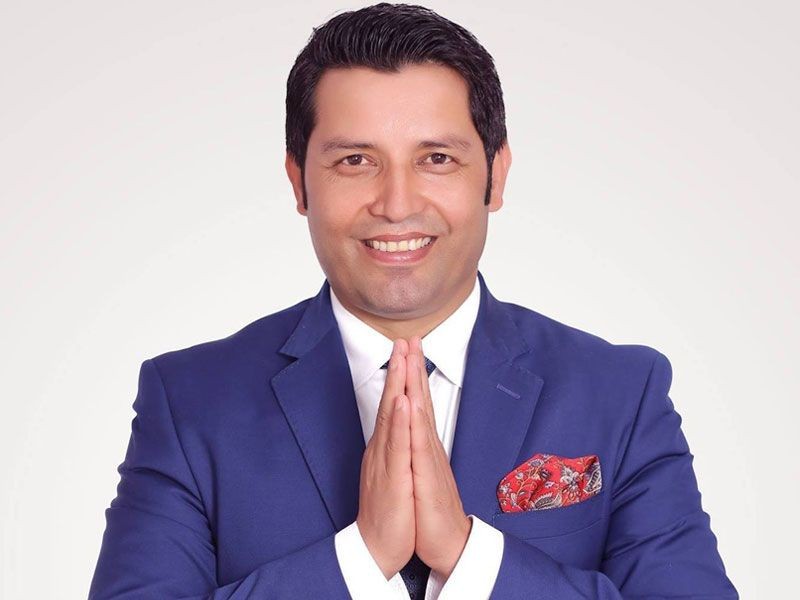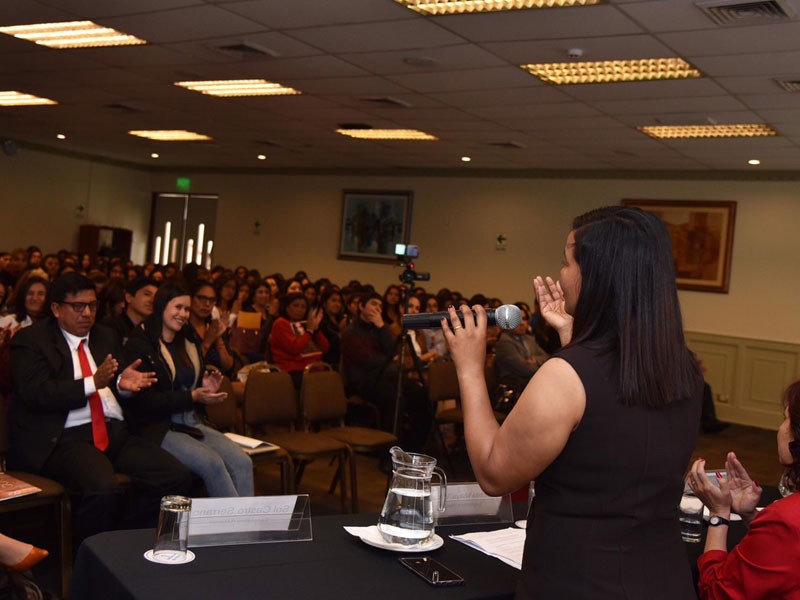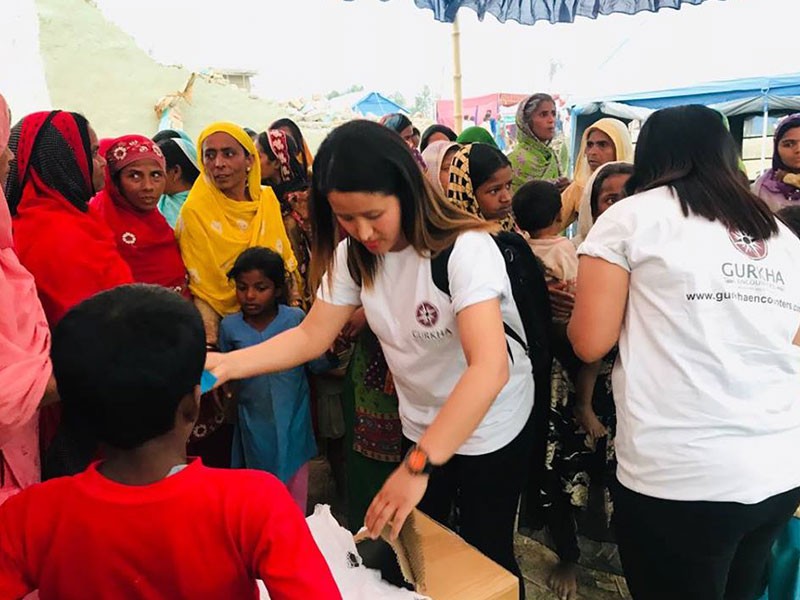More commonly known as Yenyā, Indra Jatra is considered the biggest religious street festival in Kathmandu.
More commonly known as Yenyā, Indra Jatra is considered the biggest religious street festival in Kathmandu. Ye means "Kathmandu", Ya means "celebration" and together it means "celebration inside Kathmandu" in Nepali language. The celebrations consist of two events, Indra Jātrā and Kumāri Jātrā. If you happen to be around Kathmandu during this time, you will surely find it filled with chariot possessions, masked dancers, religious enactments, lights, colors and the Living Goddess Kumari as the centre of celebrations. The eight-day long Indra Jatra festival falls in September and is one of the most exciting and revered festivals of the Newar community of the Kathmandu Valley. This also marks the beginning of a month-long festival season of autumn.
Legend has it that Lord Indra, the King of Heaven, once disguised himself and visited the ancient city of Kathmandu to steal parijat (a night flowering jasmine), but instead got captured by the locals. Indra’s mother, Dagini, then came down to earth to look her son. In return for her son’s release, she promised to spread dew over the crops for the coming months and to take back with her to heaven all those who had died in the past year. The locals agreed and since then the festival of Indra Jatra is celebrated in the valley. Thus, the festival honors the recently deceased and pays homage to Indra and his mother Dagini for the upcoming harvests. It begins with the erection of a wooden pole (yosin) made of pine at Basantapur Sqaure in front of the old Hanuman Dhoka Palace in Kathmandu. For the pole-raising ceremony, hundreds of spectators gather at the Palace Square and on the surrounding temples. Images of Indra, usually as a captive are made along with various sacrifices of goats and roosters. Numerous processions are observed during this festival. Join us in witnessing this magnificent festival where we take you through the following processions:
-
Kumari Jatra
Also known as the chariot festival of Kumari, this festival falls during Indra Jatra. It starts with three chariots carrying the human representations of the glorious deities Ganesh, Bhairava and Kumari accompanied by musical bands are pulled along the festival route through Kathmandu on three days. The procession starts at around 3 pm. Route on first day of chariot festival, Kwaneyā (downtown procession): Basantapur, Maru, Chikanmugal, Jaisidewal, Lagan, Brahma Marga, Wonde, Hyumata, Kohity, Bhimsensthan, Maru, Basantapur. Route on second day of chariot festival, Thaneyā happens in the uptown area while the third day of the festival is around the midtown area of the valley. It was started in 1756 AD during the reign of Jaya Prakash Malla.
-
Mata Biye
On the first day of the chariot festival, Newars honor their deceased during the past year by offering small butter lamps along the processional route. The butter lamps are also offered to relatives and friends as a sign of respect. Mata biye means to offer these lamps. The procession starts at around 6 pm.
-
Dagin
This procession re-enacts the mythological story of Lord Indra’s mother, Dagini, looking for him while he was a captive in the valley. The procession consists of a man wearing a mask accompanied by a musical band. It starts at around 8 pm when the chariot of Kumari returns to Maru after journeying around the southern part of town.
-
Bau Mata
A long replica of a holy snake is made of reeds on which a row of oil lamps are placed during this procession. This sculpture is suspended from poles carried on the shoulders and taken along the festival route. It starts at around 9 pm and is organized by the Manandhar caste group.
